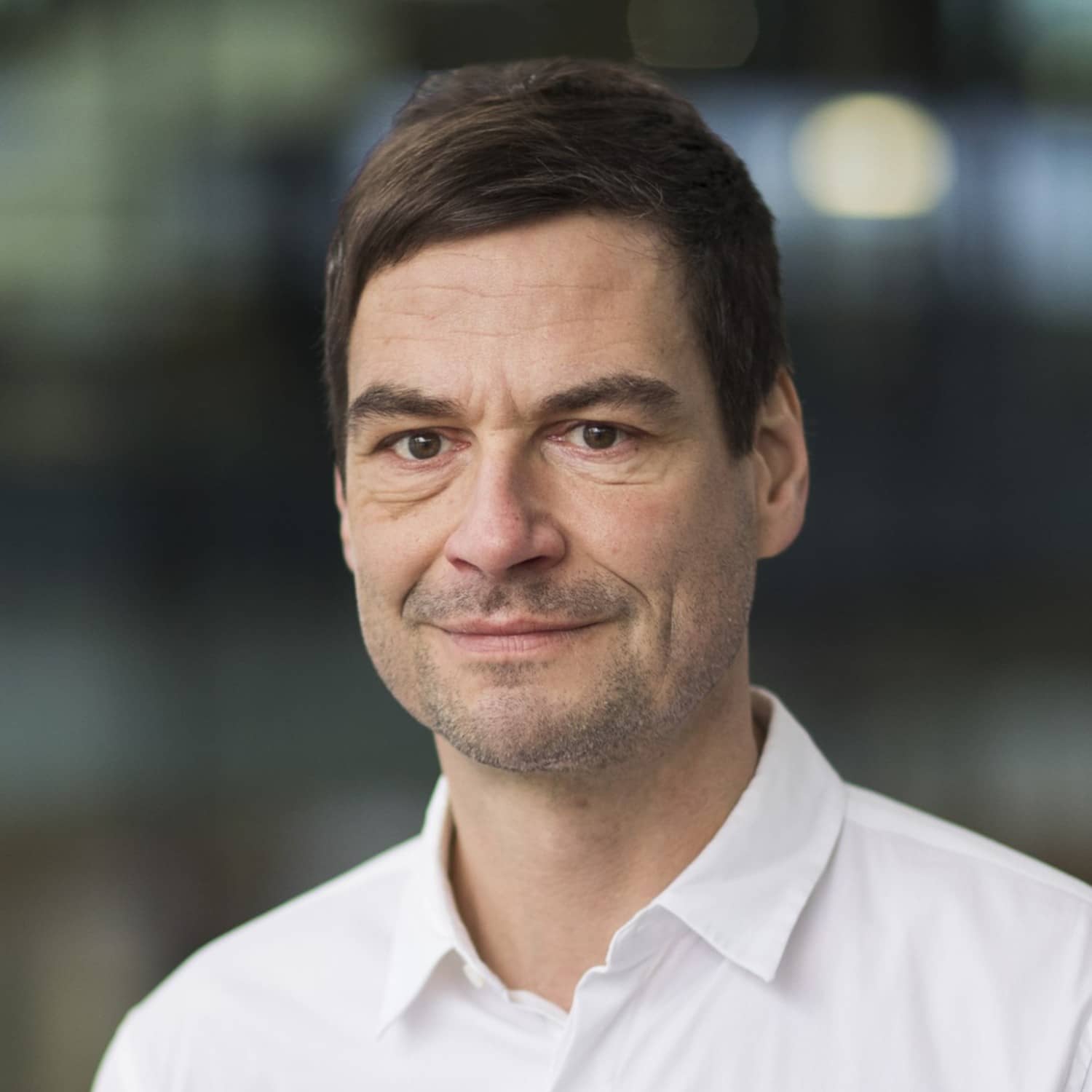Critical Approaches
Translating Circularity
As the concept of CE becomes widely disseminated, Torsten informs us of the risk of using it carelessly. He rather invites us to engage in a process of translation as a means of becoming more attentive to how we put circularity into practice.
Main Takeaways
- As circularity evolves, it becomes increasingly more difficult to identify what the challenges it tackles are.
- The framework of translation allows us to monitor the continuous transformations of circularity and to see how the concept is understood and enacted.
- The process of translation can take the form of questions, it is iterative and it can ultimately help us support the concept.
